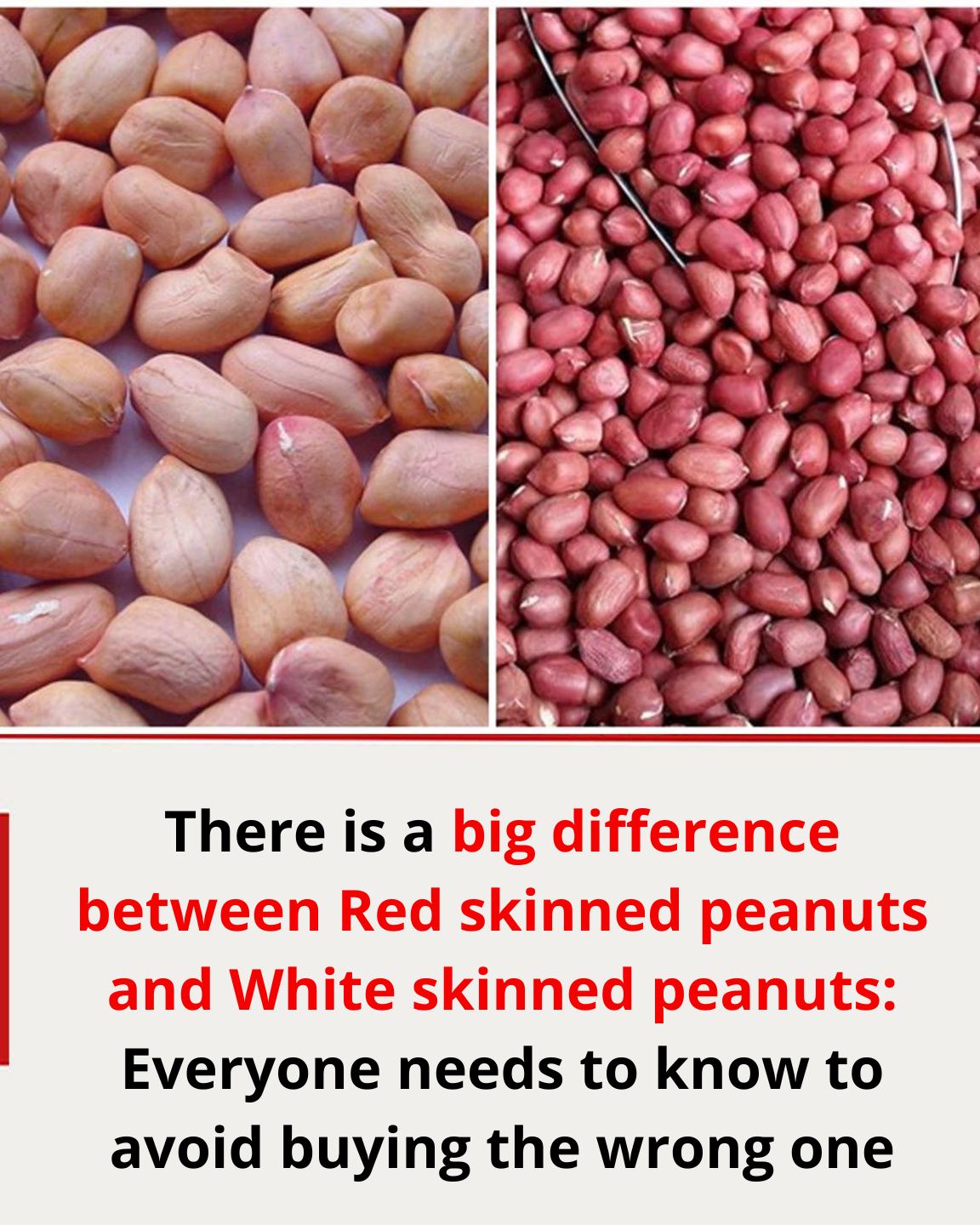
Peanuts are a staple in many diets worldwide, celebrated not only for their rich flavor but also for their impressive nutritional profile. However, not all peanuts are created equal. Two primary varieties dominate the market: red-skinned and white-skinned peanuts. While they may appear similar at first glance, these two types differ significantly in taste, nutritional content, and culinary applications. Understanding these differences is crucial for making informed choices that align with your health goals and culinary needs.
Flavor Profiles
Red-Skinned Peanuts
Red-skinned peanuts are renowned for their naturally sweet taste, especially when freshly harvested. This sweetness makes them an excellent choice for dishes where a subtle nutty flavor is desired, such as soups or homemade nut milk. Additionally, they are often consumed raw, as their flavor profile is pleasant without the need for roasting or seasoning.
White-Skinned Peanuts
In contrast, white-skinned peanuts boast a crunchy texture and are commonly used in fried snacks or as ingredients in various culinary creations. Their higher oil content contributes to a richer taste, making them a popular choice for producing peanut oil and peanut butter. Interestingly, despite their higher oil content, white-skinned peanuts are lower in calories compared to their red-skinned counterparts, making them suitable for those monitoring their caloric intake.
Nutritional Differences
Red-Skinned Peanuts
These peanuts are particularly beneficial for boosting blood and energy levels. Traditional Chinese medicine often praises red-skinned peanuts for their ability to enrich blood and regulate digestion. It’s recommended to consume them with their skins intact, as the skins are rich in dietary fiber, aiding in digestion and alleviating bloating and discomfort.
White-Skinned Peanuts
White-skinned peanuts are notable for their higher calcium content, making them especially beneficial for the elderly and children who require adequate calcium for bone health. Furthermore, they assist the body in absorbing essential nutrients like phospholipids, selenium, and vitamin E, all of which support brain health and enhance memory. Due to their larger size and higher yield, white-skinned peanuts are often more affordable in the market, providing a cost-effective option for consumers.
Culinary Applications
Understanding the distinct characteristics of red and white-skinned peanuts can guide their use in various culinary contexts:
- Red-Skinned Peanuts: Ideal for raw consumption, incorporating into soups, or blending into nut milk due to their natural sweetness and beneficial skin.
- White-Skinned Peanuts: Best suited for frying, roasting, or processing into peanut oil and butter, thanks to their crunchy texture and higher oil content.
Making the Right Choice
When selecting peanuts, consider your specific dietary needs and culinary intentions:
- For enhancing blood health and digestion, red-skinned peanuts with their skins are advantageous.
- For bone health and cognitive support, white-skinned peanuts offer higher calcium and essential nutrients.
- If you’re aiming for a lower-calorie option, white-skinned peanuts are preferable.
- For recipes requiring a sweeter, softer nut, red-skinned peanuts are ideal.
- For dishes that benefit from a crunchier texture or require peanut oil, white-skinned peanuts are the better choice.
Conclusion
While both red and white-skinned peanuts offer unique benefits, understanding their differences empowers you to make choices that align with your health objectives and culinary preferences. Whether you’re seeking to boost your nutrient intake, explore new recipes, or simply enjoy a healthy snack, selecting the right type of peanut can enhance your overall experience.



